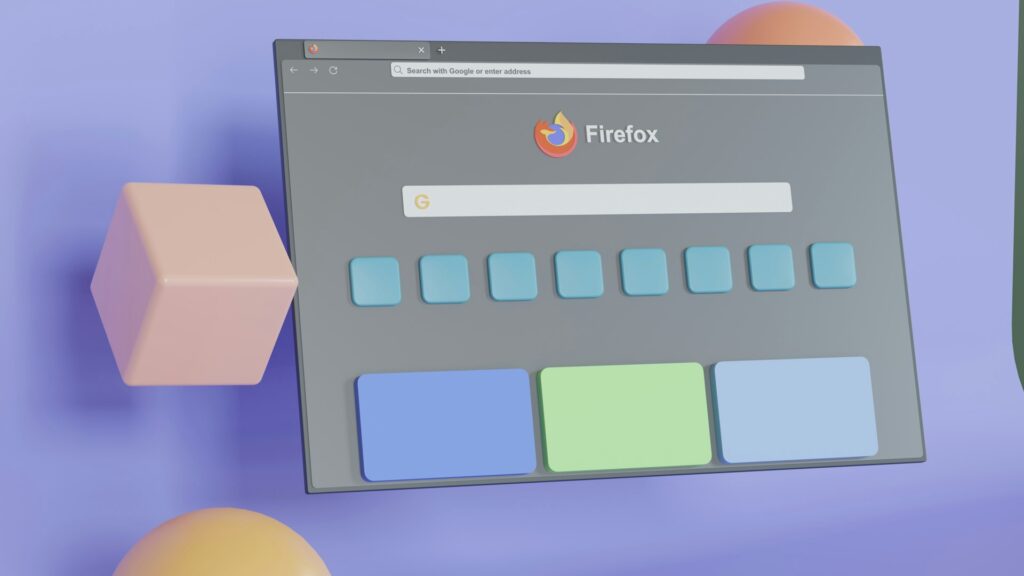SEO Image. Optimization Guide
Introduction
SEO images are visual elements optimized to improve your website’s search engine rankings while enhancing user experience. Properly optimized images load faster, rank in Google Images, and keep visitors engaged. In this guide, you’ll learn how to leverage image SEO through file naming, alt text, compression, and more to boost organic visibility.
Why Image Optimization Matters for SEO
Search engines prioritize fast, relevant, and accessible content—including images.
How SEO Images Impact Rankings
- Reduce bounce rates: Fast-loading images keep users on your page.
- Rank in Google Images: 22% of searches use this tab.
- Enhance accessibility: Alt text helps screen readers and SEO.

Google’s Image Guidelines
Google recommends descriptive filenames, relevant context, and high-quality formats like WebP.
How to Optimize Images for SEO
Use Descriptive File Names
Replace generic names like IMG_123.jpg with keyword-rich filenames:
- Weak:
photo.png - Strong:
seo-image-optimization-tips.png
Include Keywords Naturally
Avoid stuffing (e.g., seo-images-seo-pictures-seo-photos.jpg).
Write SEO-Friendly Alt Text
Alt text describes images for search engines and visually impaired users.

Best Practices for Alt Text
- Keep it under 125 characters.
- Include primary keywords (e.g., “SEO images”).
- Example:
alt="SEO image optimization checklist infographic".
Compress Images Without Losing Quality
Large files slow down your site. Use tools like:
- TinyPNG: Reduces PNG/JPG sizes by up to 80%.
- Squoosh: Open-source compressor by Google.
Ideal Image Sizes
- Blog images: ≤100 KB.
- Hero banners: ≤250 KB.
Choose the Right File Format
- JPEG: Best for photographs.
- PNG: For graphics with transparency.
- WebP: 30% smaller than JPEG/PNG (Google’s preferred format).
Advanced SEO Image Tactics
Add Images to Your Sitemap
Submit an image sitemap via Google Search Console to speed up indexing.
Lazy Loading
Delay off-screen image loading to improve page speed. Use the loading="lazy" HTML attribute.

Tools to Automate Image SEO
1. ImageOptim
Compress images in bulk for macOS.
2. ShortPixel
WordPress plugin for auto-optimization.
3. Screaming Frog
Audit alt text and filenames across your site.
Common Image SEO Mistakes to Avoid
Ignoring Mobile Optimization
- 60% of Google searches are mobile. Use responsive images with
srcset.
Overusing Stock Photos
Unique visuals rank better. Try tools like Canva or Midjourney for custom graphics.
FAQ
Q: What is the role of alt text in SEO images?
A: Alt text helps search engines understand image content and improves accessibility.
Q: How does image size affect SEO?
A: Large files slow page speed, hurting rankings. Always compress images.
Q: Can I rank in Google Images without alt text?
A: Yes, but alt text significantly boosts visibility and context.
Conclusion
Optimizing SEO images is a simple yet powerful way to improve rankings, user experience, and accessibility. Start by renaming files, writing keyword-rich alt text, and compressing images. Ready to level up your SEO? Implement these image strategies today!


